|
Recently, I spotted this frog clinging to the corner of one of our little bird houses. In spite of its mostly green color, this is a gray treefrog. These frogs can change their color, and they are actually gray more often than they are green. But when they are surrounded by green vegetation, their skin turns green like the one in this photo. You know, like a chameleon. Let's think about this for a moment... their skin changes color to better conceal them. Wow. Perhaps amphibians are under-appreciated for their awesomeness. Consider the Olm, a blind salamander with transparent skin that lives underground, hunts for its prey by smell and electrosensitivity, and can survive without food for 10 years (seriously). Then there's the Chinese giant salamander that can grow up to 1.8 meters in length and evolved independently from all other amphibians over one hundred million years before Tyrannosaurus rex. And there's the Chile Darwin’s frog—the fathers protect the young in their mouths. And the Gardiner’s Seychelles frog, the world’s smallest frog, with adults growing up to be the size of a pencil eraser. And let's not forget about the caecilian, a legless amphibian that... oh, wait... the caecilian is today's Awesome Animal. Let's take a more careful look. Have you ever heard of a glass lizard? It looks like a snake, but it's actually a lizard without legs. Well, the caecilian is kind of the glass lizard of the amphibian world—an amphibian with no legs. Actually, at first glance a caecilian looks like an earthworm. Check it out: What the heck is a Caecilian? First, Caecilian is pronounced seh-SILL-yun (almost like the pizza). Second, caecilians are amphibians, but they aren't frogs, they aren't toads, and they aren't salamanders. So what are they? They're caecilians, of course! Caecilians are their own order within the class Amphibia. In case you care, the order is called Gymnophiona (some scientists prefer to call the order Apoda, which means 'without feet'). Caecilians live on just about every continent that has moist tropical regions, including Southeast Asia, India, East and West Africa, Indonesia, and Central and South America. Caecilians are the least known of the amphibians. One reason for this is that most of them spend their time underground (that's why they look like earthworms). Some of them are so secretive that it's almost certain that there are species we have not yet discovered. We now know of about 200 species. In fact, to celebrate the discovery of the 200th species, the musical group called the Wiggly Tendrils (this is a real band!) recorded a song titled Caecilian Cotillion. Check out the Caecilian song! Amazing facts about Caecilians Where to even begin! Get ready to be amazed, because Caecilians are bizarre creatures. Not all caecilians look like gray earthworms. They are kind of like gummy worms—they come in all colors and sizes. Check out this blue species: And not all of them live in the soil. Some of them are perfectly at home in the water. Check out this aquatic caecilian: The smallest species of caecilians are only a few inches long, but the largest (Caecilia thompsoni from Colombia) can grow to five feet (1.5 m) long and weigh 2.2 pounds (1 kg). Five feet long!? What would a five-foot caecilian look like? You would think it would be fat and heavy-looking, but not so much: When it comes to reproduction, frogs and toads have what's called external fertilization. That means the female lays eggs, and then the male fertilizes the eggs outside of the female's body. But caecilians have internal insemination. The males have a long, tube-like organ called a phallodeum, which is inserted into the female's cloaca for about three hours (I guess they aren't in any hurry). As you can probably guess, sperm cells are transmitted into the female's body through the phallodeum, where they fertilize the eggs. Some caecilians lay eggs, some have live birth, but I feel compelled to nominate female caecilians for Mother of the Year. I'll explain why. In some caecilian species, the mother seals herself in a subterranean cavity, where she lays her eggs. The eggs hatch, and the mother and babies remain in the cavity for four to six weeks as the babies grow. What do the babies eat, you ask? Here's where it gets weird. After the female lays eggs, her skin begins to thicken, and the skin cells fill up with fats and other nutrients. The newly-hatched babies have special teeth that are like scrapers, and they literally eat the skin off the mother. The mother grows more skin, and the babies eat that skin, too. This continues until the babies are ready to leave home and go out on their own. So the mothers literally feed the babies their own skin, over and over. Even more bizarre, in some of the species that have live birth, the babies inside the mother's body use their special teeth to munch on their mom's reproductive organs! Like I said, Mother of the Year. Caecilians have teeny tiny little eyes that don't see much, or don't see at all. These eyes are usually subcutaneous (buried under the skin), and some species even have bone over their eyes! There's not much need for eyes when most of your life is spent in the dark. Not much is known about what Caecilians eat in the wild, but in captivity they readily chomp on earthworms, so worms are probably a normal part of their diet. In a study of the gut contents of 14 dead caecilians, the only identifiable objects were termite heads. That doesn't mean caecilians go around biting off the heads of termites, it just means that the heads are the portion that is most difficult to digest. Although caecilians look like they are all tail, they actually don't even have tails. Their cloaca (that's the polite word for their butthole) is at the very end of their body. Most caecilians breathe with lungs, but scientists were amazed to find some species without any lungs at all. Wow... eyes, legs, tails, and now lungs—caecilians seem to be all about giving things up. Apparently these lungless species can get all the oxygen they need by absorbing it directly through their skin. Here's a lungless caecilian found in Brazil: Caecilians have super-strength. They need to be strong to push their way through the soil. Scientists at the University of Chicago wanted to find out how hard caecilians could push against soil. They set up an artificial tunnel and filled one end with dirt and put a brick at that end to stop the caecilians from burrowing any farther. To measure how hard the caecilian could push, they attached a device called a force plate. The results were a surprise. They used a caecilian only 1.5 feet (50 cm) long. “It just shoved this brick off the table,” one of the scientists recalled. Because of this amazing soil-pushing strength, caecilians have developed extra-thick, reinforced skulls to prevent serious head damage. So, the Caecilian deserves a place in the F.S.A.H.O.F. (Four-Star Animal Hall of Fame). FUN FACT: The phrase four-star was first recorded in use in the early 1920s. Basically it means of a superior degree of excellence. The phrase started as the number of asterisks used to denote relative excellence in guidebooks (for example, a four-star restaurant, or a four-star hotel). It also indicates being a full general or admiral, as indicated by four stars on an insignia. As with many other such words, four-star eventually was used to describe just about anything of high quality (the caecilian is a four-star amphibian). So, four-star is another way to say awesome! Photo Credits:
Caecilian #1 - Michael & Patricia Fogden/CORBIS via WIRED Blue Caecilian - Unknown, via beetleboybioblog Aquatic caecilian - National Zoo Longest caecilian - Reptilis.org Blue and black caecilian with babies - Alex Kupfer via Science News for Students Lungless caecilian - B.S.F. Silva via Science News for Students
0 Comments
Leave a Reply. |
Stan's Cogitations
Everyone needs a creative outlet. That's why I write. Archives
April 2024
|

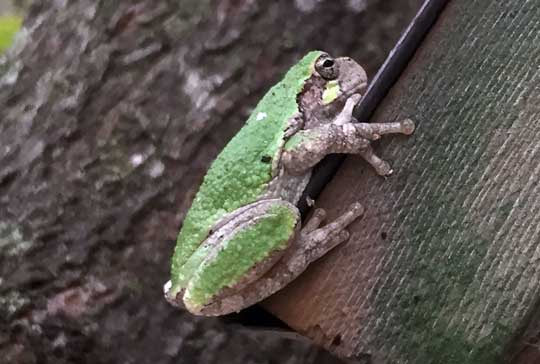
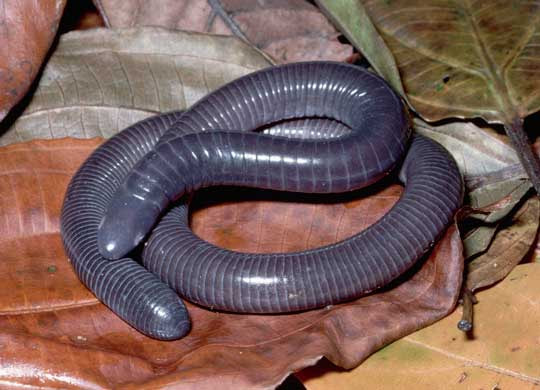
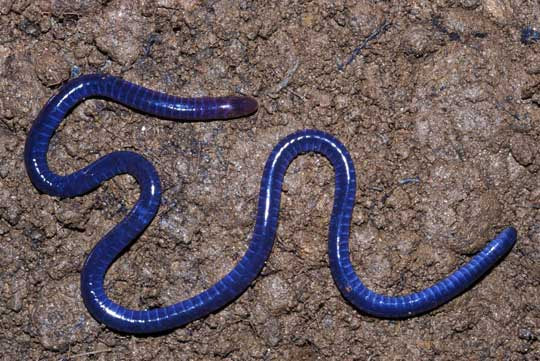
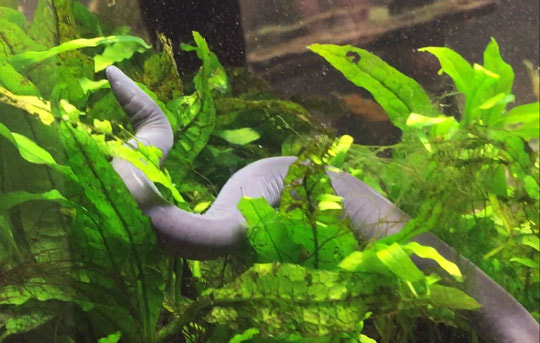
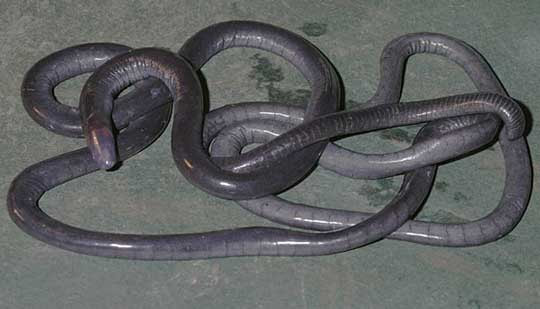
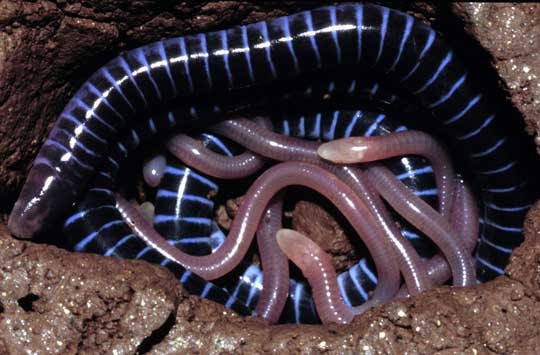
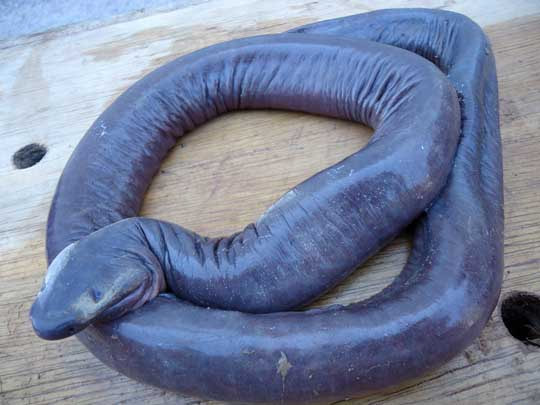
 RSS Feed
RSS Feed